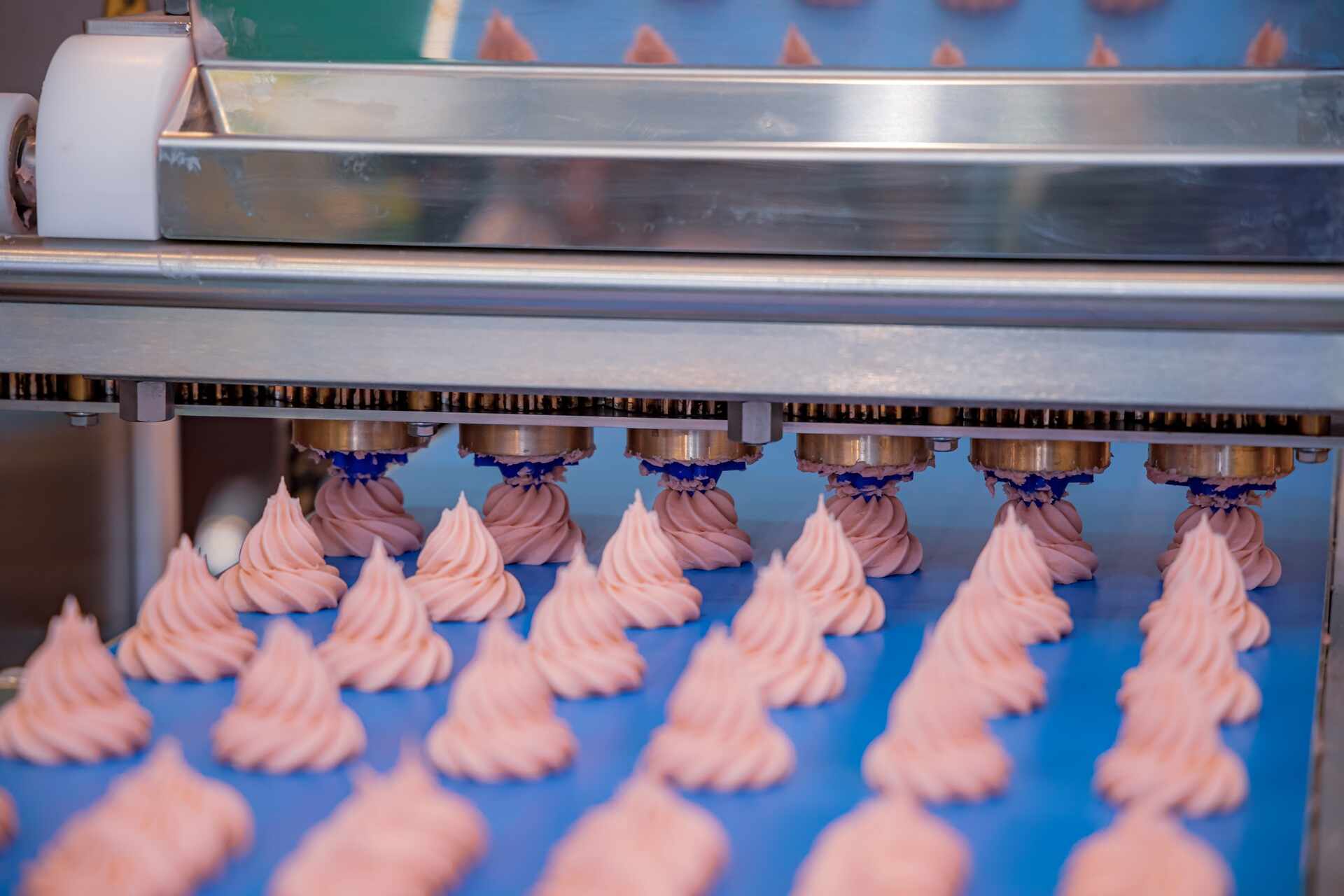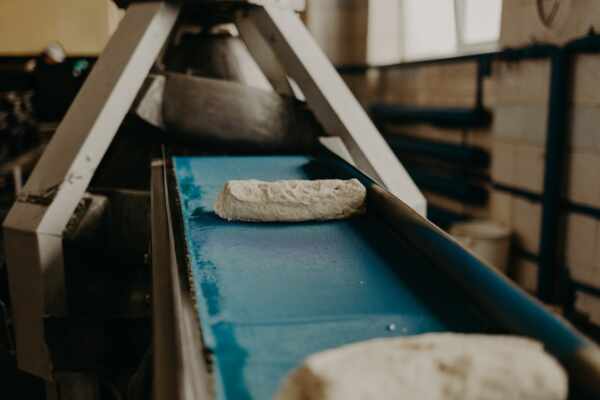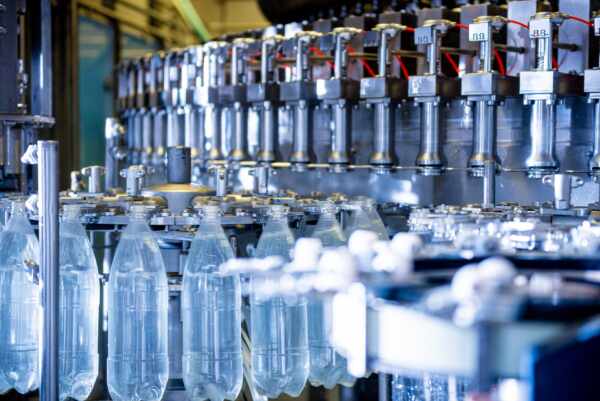In the fast-paced and demanding world of food manufacturing, it is essential to have reliable, efficient, and hygienic conveyor belt systems in place to ensure the smooth operation of your facility. These systems play a crucial role in moving products through various stages of production, packaging, and transportation, all while maintaining the highest levels of cleanliness, quality, and safety. Implementing an effective conveyor belt solution can streamline your processes, minimise risks of contamination, and boost overall productivity.
In this in-depth guide, we will explore how conveyor belts can be optimised for food manufacturing environments, focusing on factors such as hygienic design, ease of cleaning, and material choice. Additionally, we will offer insights on considerations for selecting the right conveyor belt type, tailored to the unique needs of food manufacturing applications. By understanding the nuances and challenges of the industry, you can effectively enhance your facility’s efficiency, safety, and hygiene standards with a conveyor belt system that aligns with your requirements.
Change Parts Pty Ltd is the ideal partner to help you select, design, and implement conveyor belt solutions for your food manufacturing facility. With extensive experience and a deep understanding of the specific challenges faced by the food industry, our team of professionals can provide the guidance and expertise you need to ensure your conveyor belt system meets the highest standards of efficiency, safety, and hygiene.
Selecting the Right Conveyor Belt Material
Choosing the appropriate conveyor belt material for your food manufacturing facility is crucial in ensuring hygiene, safety, and efficiency. These materials must meet stringent standards for cleanliness and resistance to contamination, while also providing durability and longevity. When selecting the ideal conveyor belt material, consider:
1. FDA and EU Compliance: Look for conveyor belt materials that comply with FDA and EU food contact regulations, ensuring that the belt is suitable for food processing and handling applications without risk of contamination.
2. Resistance to Chemicals and Abrasives: The material should be resistant to common chemicals and cleaning agents used in the food industry and withstand any abrasive materials commonly found in food production.
3. Temperature Range: Choose a material capable of withstanding the various temperature ranges encountered in your facility, including the potential for temperature fluctuations during processes like baking, cooling, and freezing.
Implementing Hygienic Design Principles
Implementing hygienic design principles is paramount in maintaining cleanliness and reducing the risk of contamination within your food manufacturing facility. Key hygienic design considerations for conveyor belt systems include:
1. Easy Access for Cleaning and Maintenance: Design conveyor systems with easy access to cleaning and maintenance tasks, promoting efficient sanitation and minimising downtime.
2. Open and Solid Frameworks: Choose an open design framework that allows for easy cleaning while maintaining a solid structure for durability, stability, and load capacities.
3. Minimising Contamination Points: Design the conveyor system to minimise potential contamination points, including gaps, crevices, and points of product accumulation, while incorporating features such as self-draining surfaces and quick-release mechanisms for belts.
4. Modular Design: Consider a modular conveyor belt design that facilitates easy disassembly, cleaning, and reassembly, enabling you to maintain the highest standards of hygiene and cleanliness in your facility.
Selecting the Appropriate Conveyor Belt Type
Various conveyor belt types are available, each with specific benefits for food manufacturing applications. Selecting the right conveyor belt type will depend on factors such as your facility’s layout, production processes, and product types. Some popular conveyor belt types suitable for food manufacturing include:
1. Modular Plastic Belts: These belts are versatile, durable, and easy to clean, made from FDA-approved plastic materials. Modular plastic belts can be customised in various configurations and materials, making them an ideal choice for many food manufacturing facilities.
2. Fabric Belts: Made from polyester, polyamide, or other approved materials, fabric belts are lightweight and ensure smooth, continuous operation. They are suitable for applications with limited space and require conveyance at inclines or declines, provided that the products are not excessively wet or oily.
3. Metal Belts: Metal conveyor belts, such as steel or stainless steel, offer excellent durability, strength, and temperature resistance. These belts are ideal for high-temperature food processing applications, such as baking and frying, or environments with a high degree of abrasion and wear.
Integrating Advanced Safety and Efficiency Technologies
Modern conveyor belt systems are equipped with various advanced technologies that enhance safety, efficiency, and sustainability in food manufacturing facilities. Key technologies to consider include:
1. Automated Inspection Systems: Integrate machine vision systems and other inspection technologies that can detect contamination, defects, or irregularities in products during production, ensuring only the highest quality products reach end consumers.
2. Energy-Efficient Drives: Incorporate energy-efficient drives and motors into your conveyor system design, reducing energy consumption and lowering operational costs while promoting sustainable and environmentally friendly practices.
3. Process Data and Monitoring: Utilise data collected through conveyor belt system sensors and monitoring devices to optimise process efficiency, identify potential issues, and prevent downtime.
Conclusion
Optimising your food manufacturing facility’s conveyor belt solution requires a thorough understanding of the industry’s unique needs and challenges. By focusing on factors such as material selection, hygienic design principles, conveyor belt types, and emerging technologies, you can ensure your facility’s conveyor system is safe, efficient, and hygienic, ultimately enhancing productivity, product quality, and customer satisfaction.
The team at Change Parts Pty Ltd stands ready to work with you to design and implement the Conveyor Belt Solutions built with your food manufacturing facility’s specific requirements in mind. Trust our professionals to provide you with the expertise, support, and solutions needed to ensure your conveyor belt system operates to the highest standards of safety, efficiency, and hygiene.
Elevate your food manufacturing facility’s conveyor belt solution to new heights with the help of Change Parts Pty Ltd. Contact our expert conveyor belt company today to discuss your facility’s unique requirements and discover the ideal solution tailored to your needs.




